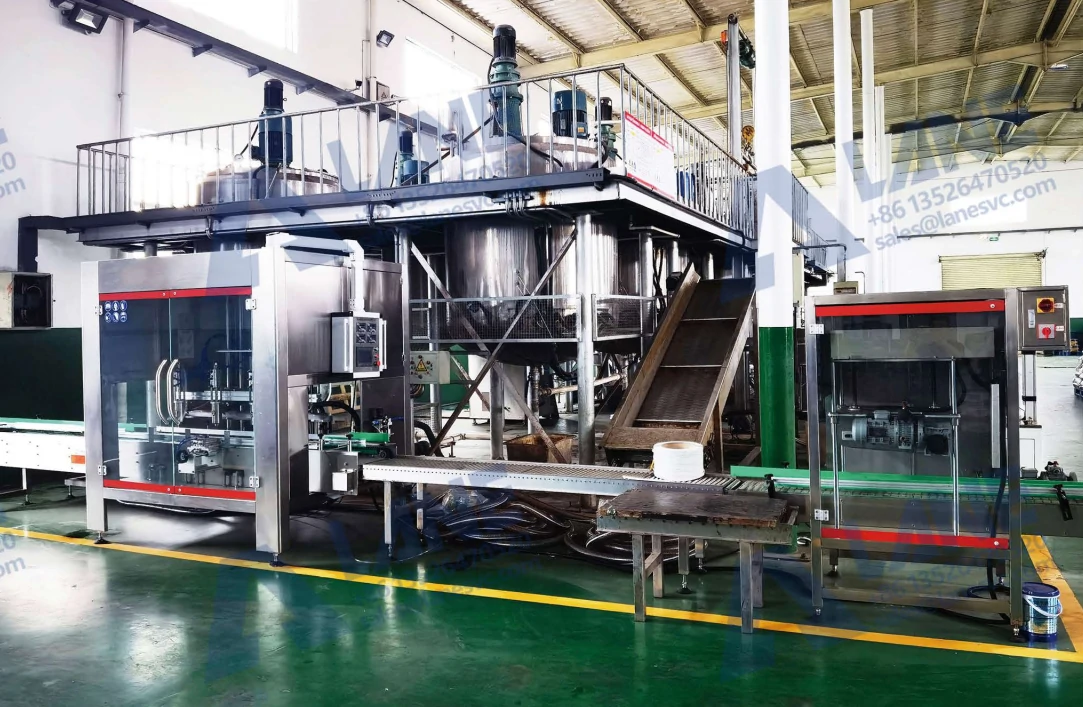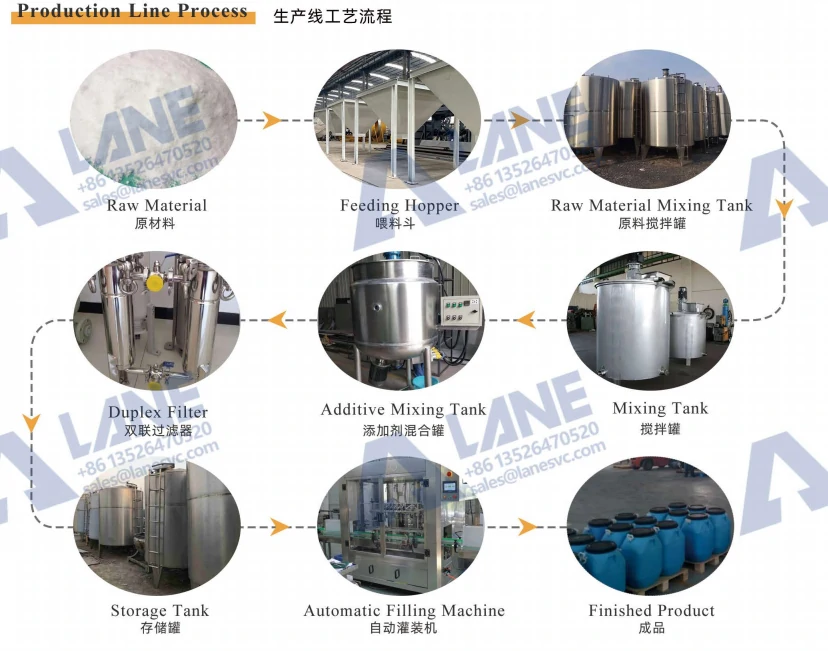
Liquid Fertilizer with Trace Elements: Unlocking Balanced Nutrition for Crops
Modern agriculture is not only about supplying crops with enough nitrogen, phosphorus, and potassium (NPK). While these three macronutrients are essential, plants also require a range of micronutrients—such as zinc, boron, copper, manganese, and iron—for balanced growth and long-term productivity. A liquid fertilizer with trace elements provides these nutrients in an immediately available form, ensuring crops receive the precise minerals they need at critical growth stages.
Compared to granular fertilizers, liquid formulations are highly efficient, easy to apply through fertigation and foliar spraying, and compatible with modern irrigation systems. With the rising demand for high-yield and high-quality crops, the liquid fertilizer with trace elements is becoming an indispensable tool for farmers worldwide.

Although required in small amounts, trace elements play crucial roles in crop physiology:
Zinc (Zn): Essential for enzyme activity and hormone production.
Boron (B): Supports cell wall formation, pollination, and fruit set.
Copper (Cu): Important for photosynthesis and disease resistance.
Manganese (Mn): Aids chlorophyll synthesis and nitrogen metabolism.
Iron (Fe): Critical for respiration and chlorophyll development.
Molybdenum (Mo): Supports nitrogen fixation in legumes.
Without these nutrients, crops may suffer from stunted growth, reduced yields, or poor quality. By using a liquid fertilizer with trace elements, farmers can prevent deficiencies and improve crop health.
The production process of a liquid fertilizer with trace elements combines both organic and inorganic raw materials, using specialized equipment to ensure nutrient stability and solubility.
Step 1: Raw Material Preparation
Trace minerals (such as zinc sulfate, boric acid, and copper chelates) are selected according to the desired formulation. Organic sources such as seaweed extract or amino acids can also be included for enhanced uptake.
Step 2: Dissolution and Mixing
Minerals are dissolved in water and transferred to a stainless steel mixing tank. A horizontal mixer ensures uniform blending of all ingredients.
Step 3: Stabilization
Chelating agents or stabilizers (e.g., EDTA, humic acid) are added to prevent precipitation and ensure long shelf life.
Step 4: Filtration
The solution passes through a dual filter system to remove impurities and guarantee a clean product suitable for fertigation.
Step 5: Storage and Packaging
The finished liquid fertilizer is stored in stainless steel storage tanks before being packaged into bottles, drums, or IBC containers. Automatic packaging machines ensure precise volume control.

To better understand the benefits, let’s compare it with conventional granular fertilizers:
| Aspect | Liquid Fertilizer with Trace Elements | Granular Fertilizer |
| Nutrient Availability | Immediately available to plants. | Slower release, less precise. |
| Application Method | Compatible with drip irrigation and foliar spraying. | Applied directly to soil. |
| Uniformity | Homogeneous solution ensures even nutrient distribution. | Nutrient placement may be uneven. |
| Flexibility | Customizable blends with specific trace elements. | Standard formulations only. |
| Efficiency | Reduces leaching and improves uptake. | Higher risk of nutrient loss. |
The versatility of liquid fertilizer with trace elements makes it suitable for a wide range of crops:
Field Crops: Wheat, maize, and rice benefit from zinc and iron supplements.
Vegetables: Tomatoes, cucumbers, and leafy greens require boron and manganese for better quality.
Fruit Trees: Apples, citrus, and grapes improve yield and taste when treated with boron and iron.
Greenhouse Crops: High-value crops like strawberries and peppers thrive with balanced micronutrient solutions.
Case Study 1: Vineyard Nutrition in Italy
In northern Italy, grape growers faced problems with poor fruit set and uneven ripening. Analysis revealed boron and zinc deficiencies. By adopting a liquid fertilizer with trace elements applied through drip irrigation, the vineyard improved fruit uniformity and increased yields by 20%. Additionally, grape quality improved, helping winemakers produce higher-value wines.
Case Study 2: Rice Production in Vietnam
Rice farmers in Vietnam often struggle with iron and zinc deficiencies in flooded soils. A liquid fertilizer with trace elements applied during early growth stages significantly improved chlorophyll formation and tillering. Farmers reported a 15% increase in yields and improved grain quality, strengthening food security and market competitiveness.

Producing and applying liquid fertilizer with trace elements also comes with challenges:
Precipitation Issues: Trace minerals can form insoluble compounds if not properly stabilized. Solution: Use chelating agents and advanced mixing technology.
Storage Stability: Some formulations may settle or separate during storage. Solution: Adopt dual filtration and anti-sedimentation additives.
Application Costs: Liquid fertilizers can be more expensive than traditional granules. Solution: Emphasize efficiency and crop quality improvements to offset costs.
The future of liquid fertilizer with trace elements is closely tied to precision agriculture. Integration with smart fertigation systems will allow real-time monitoring of soil nutrient levels and automatic adjustment of formulations.
Biostimulants, such as amino acids and microbial extracts, are being increasingly combined with trace element solutions to improve plant stress resistance. Meanwhile, advances in nano-chelation technology promise to further enhance nutrient uptake efficiency.
Sustainability trends will also shape the industry, with more producers exploring organic-certified trace element fertilizers derived from natural sources like seaweed and rock minerals.
The liquid fertilizer with trace elements is more than just a supplement—it is a strategic tool for achieving balanced nutrition, improving yields, and enhancing crop quality. From Italian vineyards to Vietnamese rice fields, success stories show how this technology addresses specific nutrient deficiencies and drives agricultural productivity.
As farming moves toward precision and sustainability, the role of liquid fertilizers enriched with trace elements will continue to expand. Farmers, cooperatives, and agribusinesses adopting this technology will be better equipped to meet the growing demand for high-quality, nutritious food worldwide.
The adoption of liquid fertilizer with trace elements also represents a shift in how farmers view soil and crop management. Instead of relying solely on bulk nutrient inputs, producers are now able to fine-tune nutrition programs that respond to the unique conditions of each field. This precision not only maximizes yields but also reduces nutrient losses to the environment. As climate change and soil degradation pose new challenges, technologies like liquid fertilizer with trace elements will become essential tools for sustainable, resilient, and profitable agriculture.
For more details, please feel free to contact us.
Henan Lane Heavy Industry Machinery Technology Co., Ltd.
Email: sales@lanesvc.com
Contact number: +86 13526470520
Whatsapp: +86 13526470520
Leave a Comment
Latest Posts
LANE has more than 500 successful cases and is committed to providing customers with first-class solutions, high-end machinery and equipment, and one-stop pre-sales, sales and after-sales comprehensive customer service.